I have attended one of Bays’ workshops in London, and observed the power of visualisation and spoken words to facilitate conditions in which participants can direct their attention inwards to creative processes that occur inside, and that are usually ignored. Following the use of this method as well as another visualisation method that I studied (Reiki), I managed to experience myself what I can only call depths-of-visions. Depth-of-visions does not refer to observing inner blocks only but also to observing inner insights, as I have experienced, which can teach a person his or her inner powers to be creative. Jung named the depth of vision with the term Archetypes. My interviews with artists demonstrated a sense of creative flows with forms of insights that seem to come from beyond the known way that artists know themselves. I was set to examine these modes of perception in my art workshop.
I asked my participants to close their eyes and imagine a downward-facing staircase. I guided them to slowly descend and focus their attention on a place where they could feel comfortable to observe memories or feelings that could prompt creative imagery (figs. 104-105).
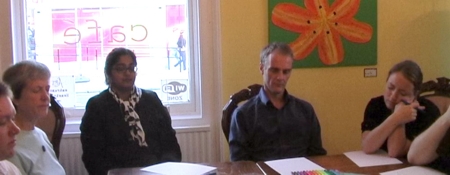
Figure 104: Image from participatory art workshop (still image from film The Collective Hearts, 2008.) Image © Gil Dekel.
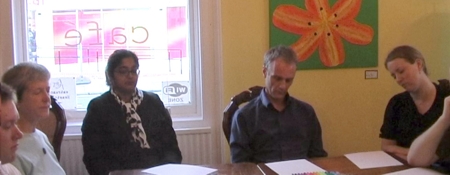
Figure 105: Image from participatory art workshop (still image from film The Collective Hearts, 2008.) Image © Gil Dekel.
Although I had a pre-written text to read from, I improvised the guidance on the spot, since I had to react to different responses from the participants. Some were ‘faster’ while others were going ‘slower’ in their journey. I was also adapting my voice speed, tonality, and the words spoken to suit all participants, by suggesting two guided ‘tracks’: while I was guiding participants in their ‘journey’ using a slow voice, I was also speaking to those who might be more advanced suggesting through slightly faster voice to start to explore the next step, the inner place, at the same time. Feedback from participants indicated that this approach was needed, as some reflected they had reached the inner place very quickly, whilst others were still descending the imagined staircase.
As I was guiding, I was using gestures as an expression of the spoken story (figs. 106-109). I have watched carefully how actors were expressing words through their body in acting for my film A Fallen Angel (2008; ![]() ), and have used the technique, as the actors suggested themselves, in which they observe how one speaks and how one moves, before they re-enact one’s story. My application of this method is evident in fig. 109, where one participant has raised his hands in front of his face, a gesture which I immediately felt was an important form of bodily expression of my words – and I have re-enacted this gesture at the same time as he did (fig. 109).
), and have used the technique, as the actors suggested themselves, in which they observe how one speaks and how one moves, before they re-enact one’s story. My application of this method is evident in fig. 109, where one participant has raised his hands in front of his face, a gesture which I immediately felt was an important form of bodily expression of my words – and I have re-enacted this gesture at the same time as he did (fig. 109).
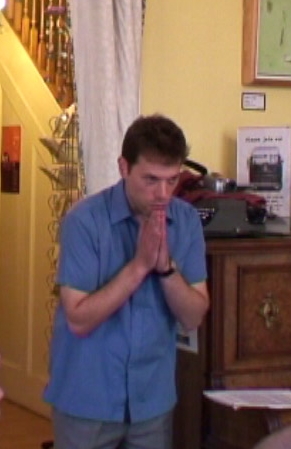
Figure 106: Image from participatory art workshop (still image from the film The Collective Hearts, 2008.) Image © Gil Dekel.
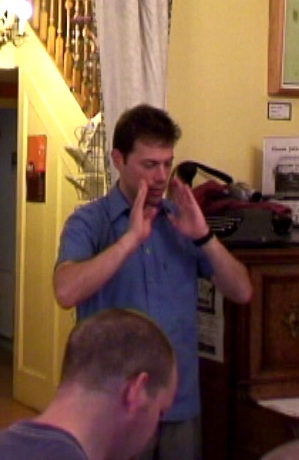
Figure 107: Image from participatory art workshop (still image from the film The Collective Hearts (2008.) Image © Gil Dekel.
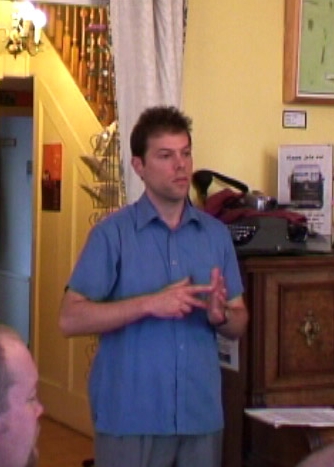
Figure 108: Image from participatory art workshop (still image from the film The Collective Hearts, 2008.) Image © Gil Dekel.
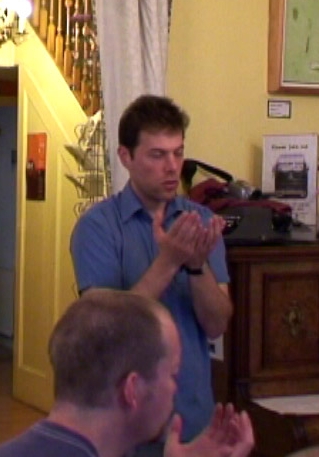
Figure 109: Image from participatory art workshop (still image from the film The Collective Hearts, 2008.) Image © Gil Dekel.
Once I felt that participants have reached the first step, a ‘place’, and explored it, I then gently guided them back. I asked them to remember their creative place, and then to ‘draw back’ by climbing the imagined stairs, opening their eyes, becoming fully aware of the present, and then writing down or drawing their impressions. I did not attempt to take them further to the second stage, but rather asked that they open their eyes while still aware of the first stage, the ‘place’ they just visited. By having them paint or write, I made sure that they document their impression in case they might forget it later, and also for the purpose of comparing the impression of all their stages later on.
I have departed from Bays’ method in that I asked participants to open their eyes and document their experience, while Bays’ method uses a one-to-one guidance method where participants remain in the inner journey with their eye closed, whilst the facilitator takes the responsibility for writing down the participants’ impressions. I, on the other hand, insisted that participants take full responsibility of their impressions and that they themselves document them. When one writes one’s impression in one’s own words and images, there is no danger that the facilitator interprets and writes them down differently from what they were. The documentation is more authentic once done by participants, and will be easier for them to remember. I also attempted to see how people express themselves creatively (figs. 110-111), remembering my participants’ initial declaration that neither of them can draw nor paint or connect to their inner stages of creativity.
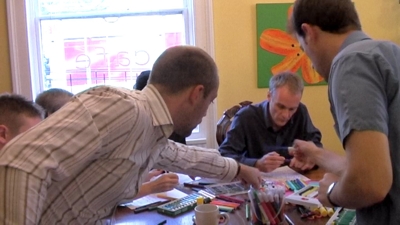
Figure 110: Image from participatory art workshop (still image from film The Collective Hearts, 2008.) Image © Gil Dekel.

Figure 111: Image from participatory art workshop (still image from film The Collective Hearts, 2008.) Image © Gil Dekel.
By asking people to remember their inner image while they ‘come back’ to awareness, this have demonstrated that people can hold in their memory or conscious mind the inner image, remember it, and then describe it. This conclusion asserts that inner images, such as images coming in dreams which people tend to forget as they wake up in the morning, do have the capacity to attach themselves to the memory and logic and remain there.